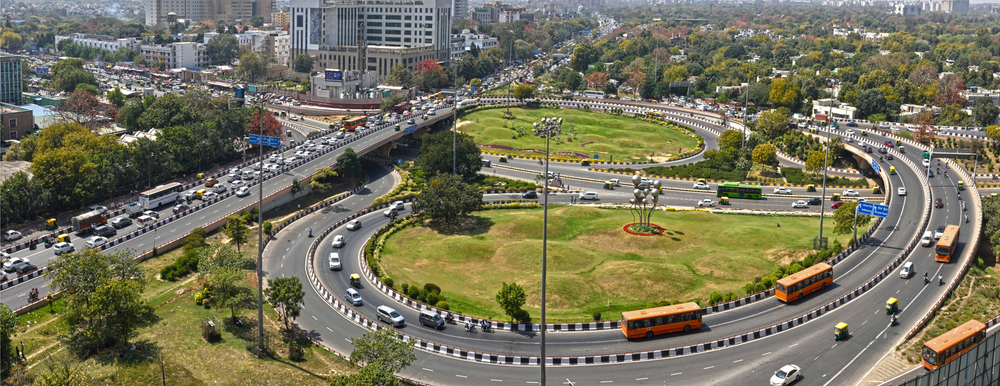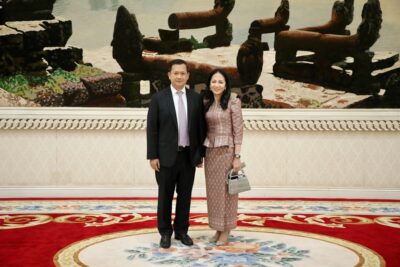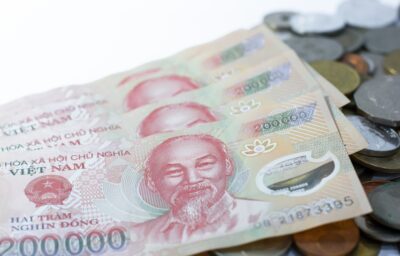India’s FY22 GDP grows 8.7%
The Indian economy is projected to go up by 7.5 percent in FY23

The Times of India reported that India’s GDP for FY22 grew to 8.7 percent, the highest in 22 years. This came from a GDP contraction of 6.6 percent from the previous fiscal year – contracting for the first time in four decades.
Apart from the agricultural sector, which slowed in FY22, other sectors saw significant growth in the current fiscal year.
The mining and quarrying sector increased by 11.5 percent, compared to the previous fiscal year’s 8.6 percent growth. Manufacturing also went up 9.9 percent against FY21’s -0.6 percent.
The Gulf Cooperation Council (GCC) plays a huge role in the Indian economy, according to India Today. It accounts for approximately 65 percent of the USD80 billion of India’s annual remittances in the last three years, as well as 15 percent of the country’s global trade.
Due to growing economic relations between the two regions, India’s bilateral trade with all six members of the GCC (Gulf Cooperation Council) group rose dramatically in 2021 and 2022.
Crude and natural gas account for more than 60 percent of India’s imports from GCC countries. Diamonds, gold, and polymers are among the other goods included. India’s exports, on the other hand, include automobiles, broadcasting equipment, grains, finished jewellery, refined petroleum, and textiles.
India’s leading trading partner among GCC countries is UAE, accounting for more than seven percent of total trade. The most recent data shows that India exported goods and services worth USD28 billion, and imported nearly USD45 billion.
More: North Bengaluru emerges as India’s newest business hub
UAE ranks third overall, right after the US and China.
Meanwhile, data SBI Research revealed that the Indian economy is projected to go up by 7.5 percent in FY23, which is an increase of 20 basis points from its previous estimate.
The Business Standard explained that the data’s optimism is based on the rise in corporate revenue and profit, along with the growth of bank credit and ample liquidity within the system.
The Property Report editors wrote this article. For more information, email: [email protected].
Recommended
Why everyone is moving to Selangor and Johor: Malaysia’s real estate comeback
Malaysia’s upturn in fortunes is especially prevalent in secondary destinations such as Selangor and Johor
Penang’s silicon boom: How the US-China tech war is supercharging local real estate
Penang’s booming semiconductor industry has created ripples within the local real estate sector
New leader, new opportunities: How Hun Manet is shaking up Cambodia’s real estate game
Hun Manet is overseeing decent economic growth and widening access to the country’s real estate market for foreigners
Singapore embraces inclusive housing reforms amid resilient demand
The Lion City’s regulatory strength continues to exert appeal for international investors








